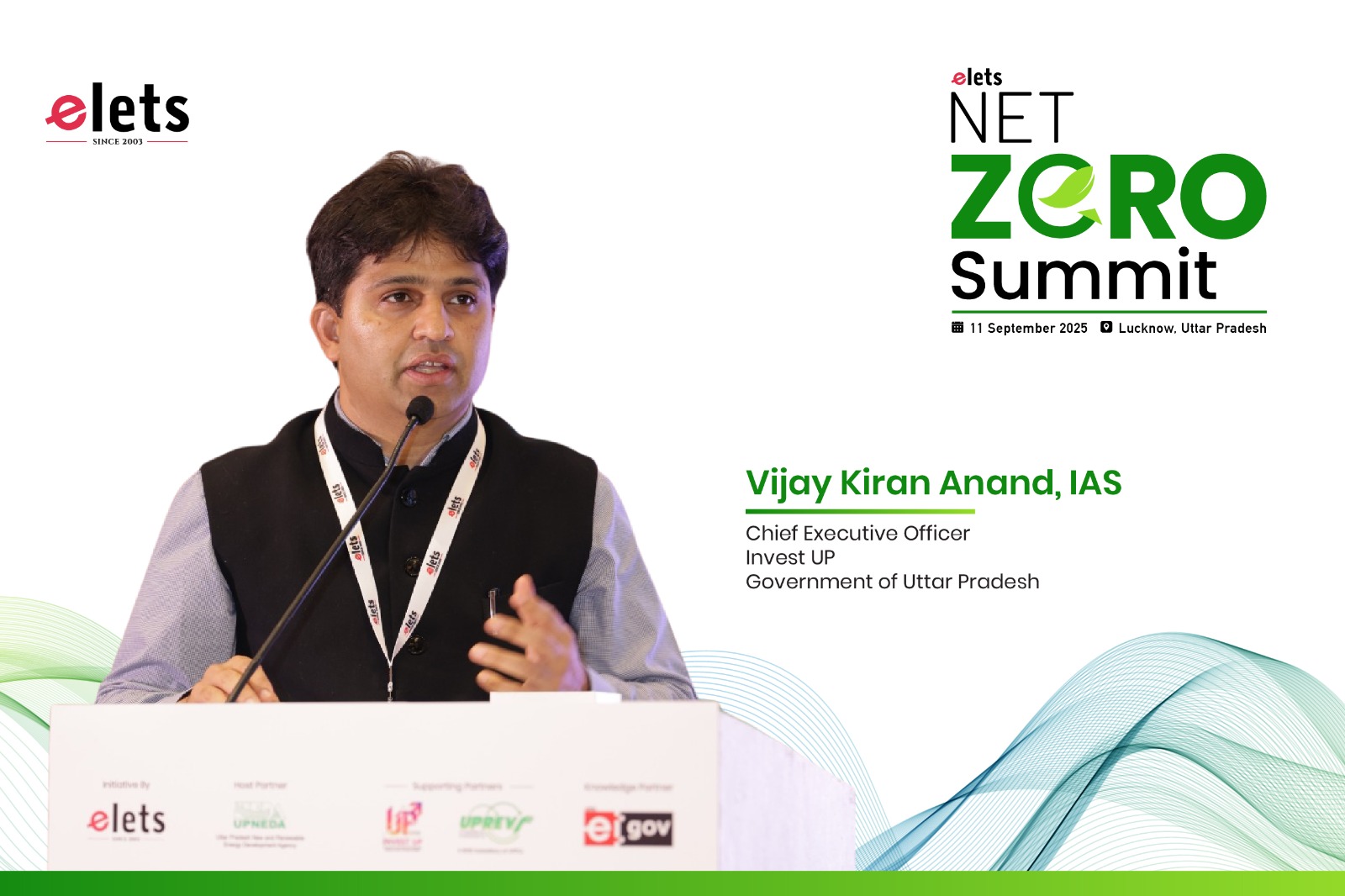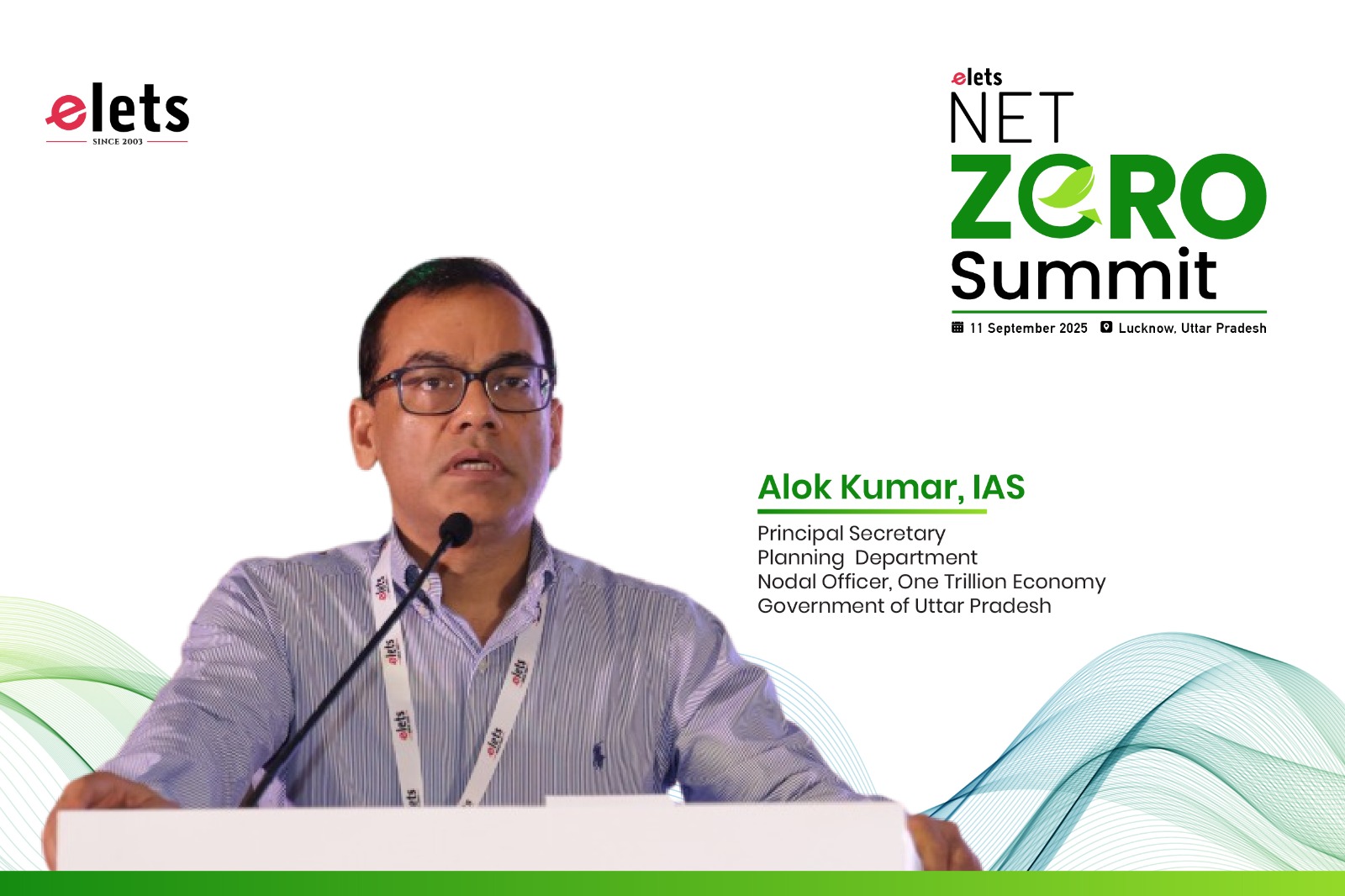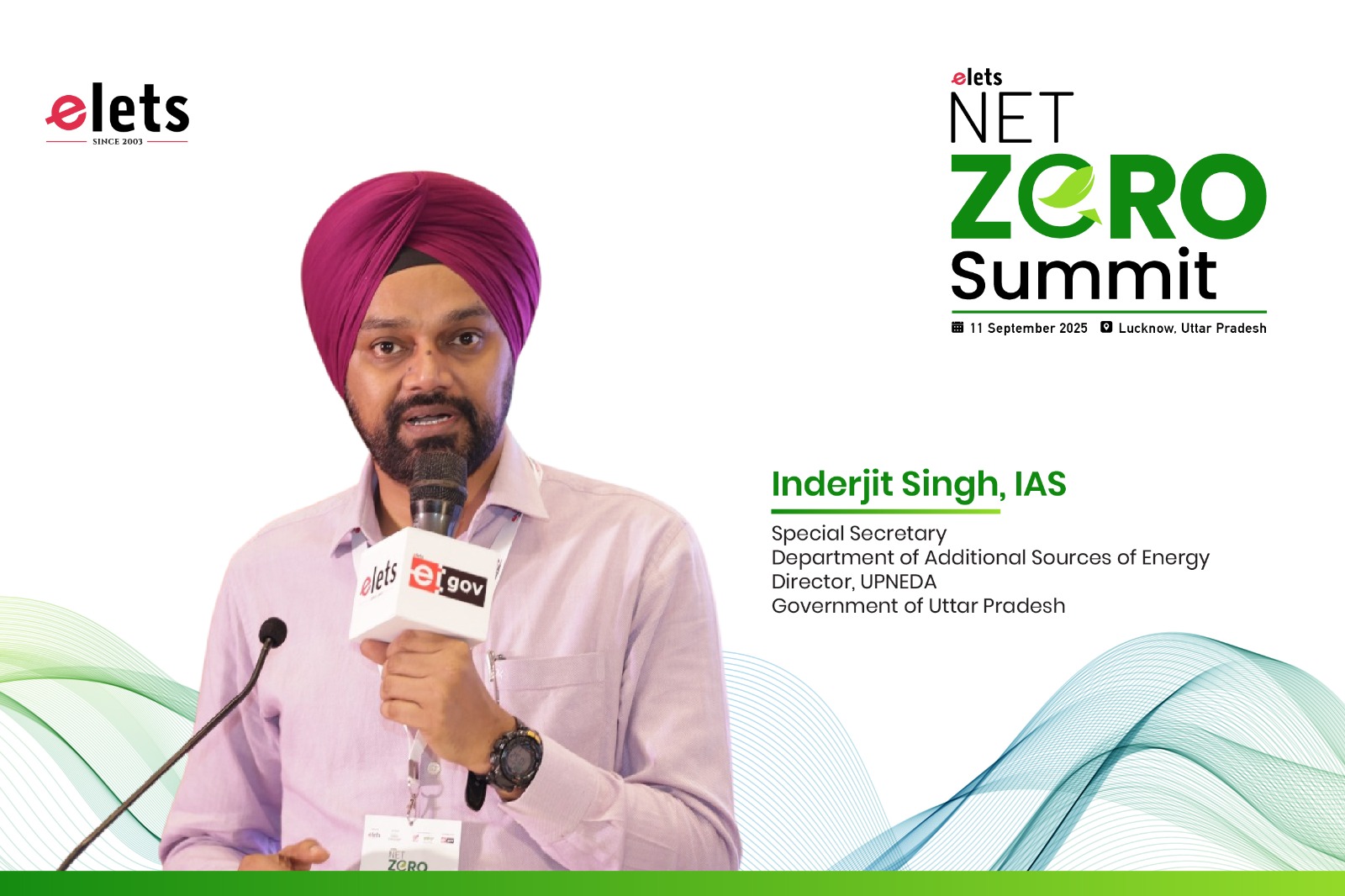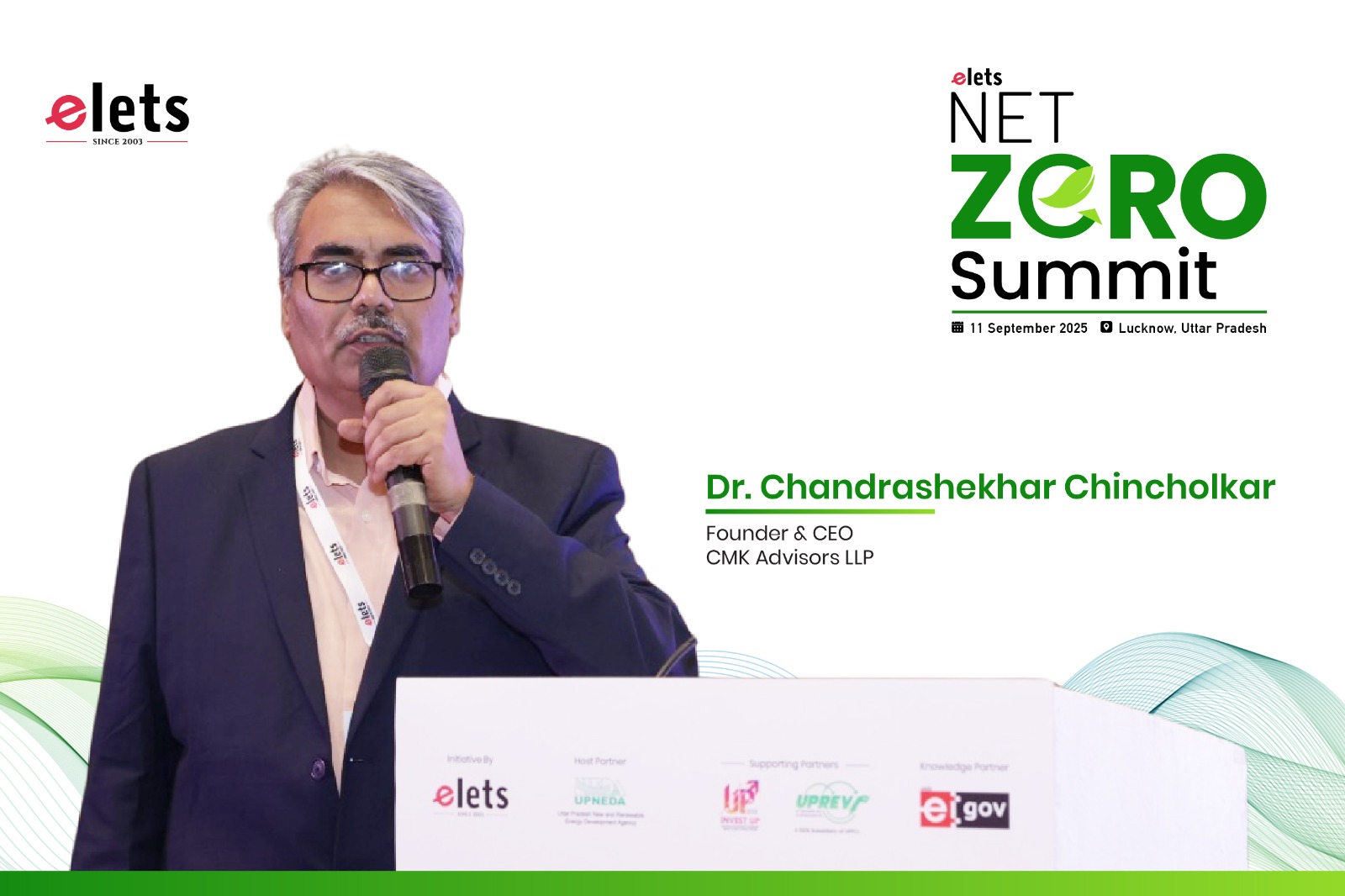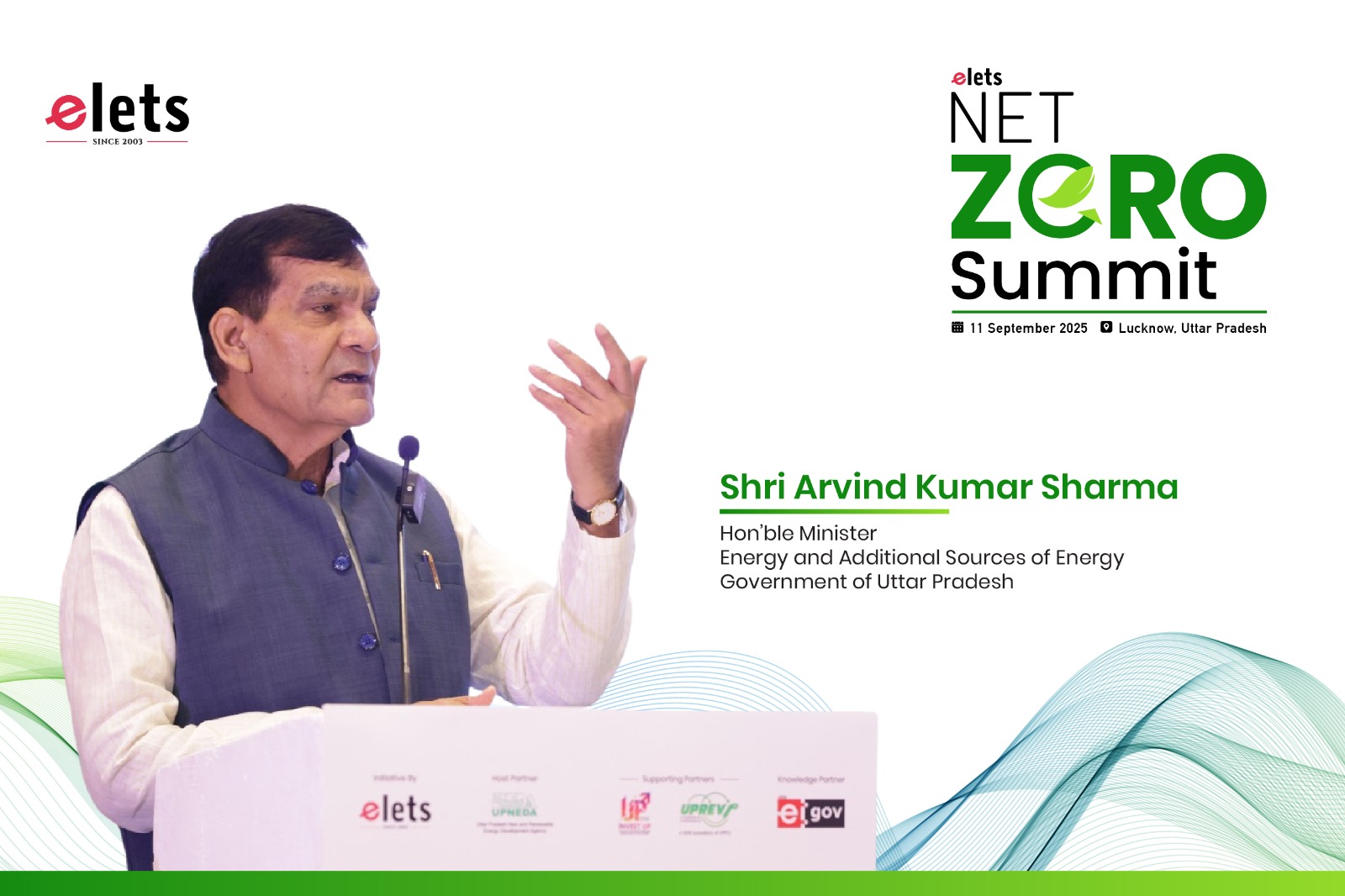
The latter half of 2024 brought a reality check for the global green hydrogen sector. Despite ambitious commitments and policy momentum, the market remains far from a clear trajectory to achieve the 2030 production targets. Economic forces remain largely disconnected from the urgency of climate change, and without decisive government intervention, the industry risks stalling before it can scale.
To put this into perspective, governments worldwide spent $7 trillion subsidising fossil fuels in 2022 (IMF, 2023). India alone allocated $3.5 billion for fossil fuel subsidies and $20 billion for fertiliser subsidies in 2024. Compare that to the level of financial support currently allocated for green hydrogen—it is a drop in the ocean. Without substantial and sustained policy intervention, green hydrogen will struggle to compete with entrenched fossil fuel infrastructure.
The Policy Dilemma
A recurring question among policymakers and industry leaders is: “How long should governments continue supporting the green hydrogen sector?” The answer lies in how we define “support.”
Fossil fuel industries continue to enjoy extensive subsidies, direct and indirect, more than a century after their inception. Green hydrogen, by contrast, is expected to achieve cost parity and self-sufficiency within a decade—a tall order given the capital intensity of scaling renewable energy and electrolyser infrastructure.
Government support should not be viewed as a crutch but as an investment in energy security, economic competitiveness, and climate resilience. The real question is: How can policy frameworks accelerate the transition without encouraging long-term dependency?
The Push for Mandatory Demand Creation
Voluntary markets alone are unlikely to generate sufficient demand. Global mandates, such as green hydrogen purchase obligations (GHPOs) for industries like steel and fertilisers, are essential. Without mandates, the industry risks being trapped in a cycle of underinvestment, with producers unwilling to commit to large-scale capacity without guaranteed offtake.
India’s Green Hydrogen Mission, for instance, aims for 5 million metric tonnes per annum (MMTPA) of green hydrogen production by 2030. Yet, private sector commitments, although large, remain in muddy waters when it comes to projects taking off. The gap can only be bridged through policy clarity, infrastructure support, and robust demand signals from sectors such as shipping, refining, fertilisers, and steel.
The IMO’s Critical Decarbonisation Decisions
Shipping is responsible for nearly 3% of global carbon emissions, and the International Maritime Organisation (IMO) is set to take a landmark decision in April 2025 that will shape the future of green fuels.
In July 2023, the IMO adopted a Strategy for the Reduction of GHG Emissions from Ships, setting an ambition to reach net-zero GHG emissions by 2050 and calling for 5% of the energy used in shipping to come from zero or near-zero fuels by 2030. However, the industry is at a crossroads on how to implement this target.
The three main policy proposals under discussion at MEPC 83 in April 2025 are:
- A Global Fuel Standard with a Carbon Levy & Incentives: Ships using high-emission fuels would pay a levy (~$100 per tonne CO₂e), with revenues redistributed to incentivise green fuels.
- A Credit Trading Scheme: Ships could buy credits from lower-emission vessels instead of paying a central levy.
- The Hybrid ‘Bridge’ Option: A mix of carbon pricing, credit trading, and a fund to support green fuel investments.
The Risk of Watered-Down Policy
Some industry players argue for a gradual, flexible approach, fearing that strict mandates could increase operational costs and disrupt trade. Others, particularly shipping giants like Maersk, argue that a robust carbon levy combined with a fuel standard is the only way to ensure sufficient investment in green fuel production and infrastructure.
A recent report from Transport & Environment (T&E) raises concerns that without clear safeguards, the IMO’s fuel standard could inadvertently drive demand for biofuels, particularly palm and soy oil-based biodiesel, which have worse carbon footprints than current fossil fuels.
Simply put, if the regulations are diluted, the green shipping transition will be delayed, and investments in green ammonia, hydrogen, and e-fuels will dry up.
Can Green Fuels Scale Fast Enough?
The global demand for green ammonia for shipping alone is expected to reach 200 million tonnes per year by 2040 (Argus, 2024). To meet this demand, massive capital investments are required.
For instance, Europe’s largest green hydrogen project, Moeve’s 2 GW Huelva project in Spain, costs €2 billion to produce 300,000 tonnes of hydrogen annually—the equivalent of 1.65 million tonnes of ammonia. Extrapolating from this, the total upfront investment needed for 200 million tonnes of green ammonia production is approximately €200 billion.
This underscores why carbon pricing, demand mandates, and financial incentives are crucial to attract investment at scale.
The Role of GH2 India
Green Hydrogen India (GH2 India) has been at the forefront of policy advocacy, industry engagement, and capacity building to drive India’s green hydrogen ecosystem. With partnerships across six state governments, major international players, and multilateral financial institutions, GH2 India has played a key role in shaping discussions around green hydrogen demand creation, infrastructure, and financing mechanisms.
With over 16 roundtables, 18 workshops, and a growing network of stakeholders, GH2 India is committed to ensuring that India is not just a follower but a leader in the global hydrogen economy.
Also Read :- Wireless EV charging transforming power infrastructure for an EV-ready Kerala
A Time for Bold Decisions
The hydrogen transition is not about choosing the perfect market mechanism—it is about creating an ecosystem where green hydrogen can compete with fossil fuels on a level playing field.
Governments must hold the line on ambitious targets, resist pressure to dilute mandates and ensure funding remains directed towards truly zero-carbon solutions—not fossilderived alternatives masquerading as “low-carbon” fuels.
If policy uncertainty prevails, investors will hesitate, and the hydrogen economy could stagnate before it even takes off. The industry does not need another “bridge” to nowhere. It needs a road to scale. India, the EU, and global policymakers must think beyond short-term costs and act with long-term conviction. Without clear mandates, financing support, and strong carbon pricing mechanisms, green hydrogen and ammonia will remain niche solutions rather than mainstream fuels of the future.
The decisions made in April 2025 at the IMO, within the European Commission, and by governments worldwide will determine whether the next decade will be one of breakthroughs or bottlenecks for green hydrogen.
The world cannot afford another lost decade. The time for decisive action is now.
Views expressed by Nishaanth Balashanmugam CEO GH2 India
Be a part of Elets Collaborative Initiatives. Join Us for Upcoming Events and explore business opportunities. Like us on Facebook , connect with us on LinkedIn and follow us on Twitter, Instagram.
"Exciting news! Elets technomedia is now on WhatsApp Channels Subscribe today by clicking the link and stay updated with the latest insights!" Click here!




